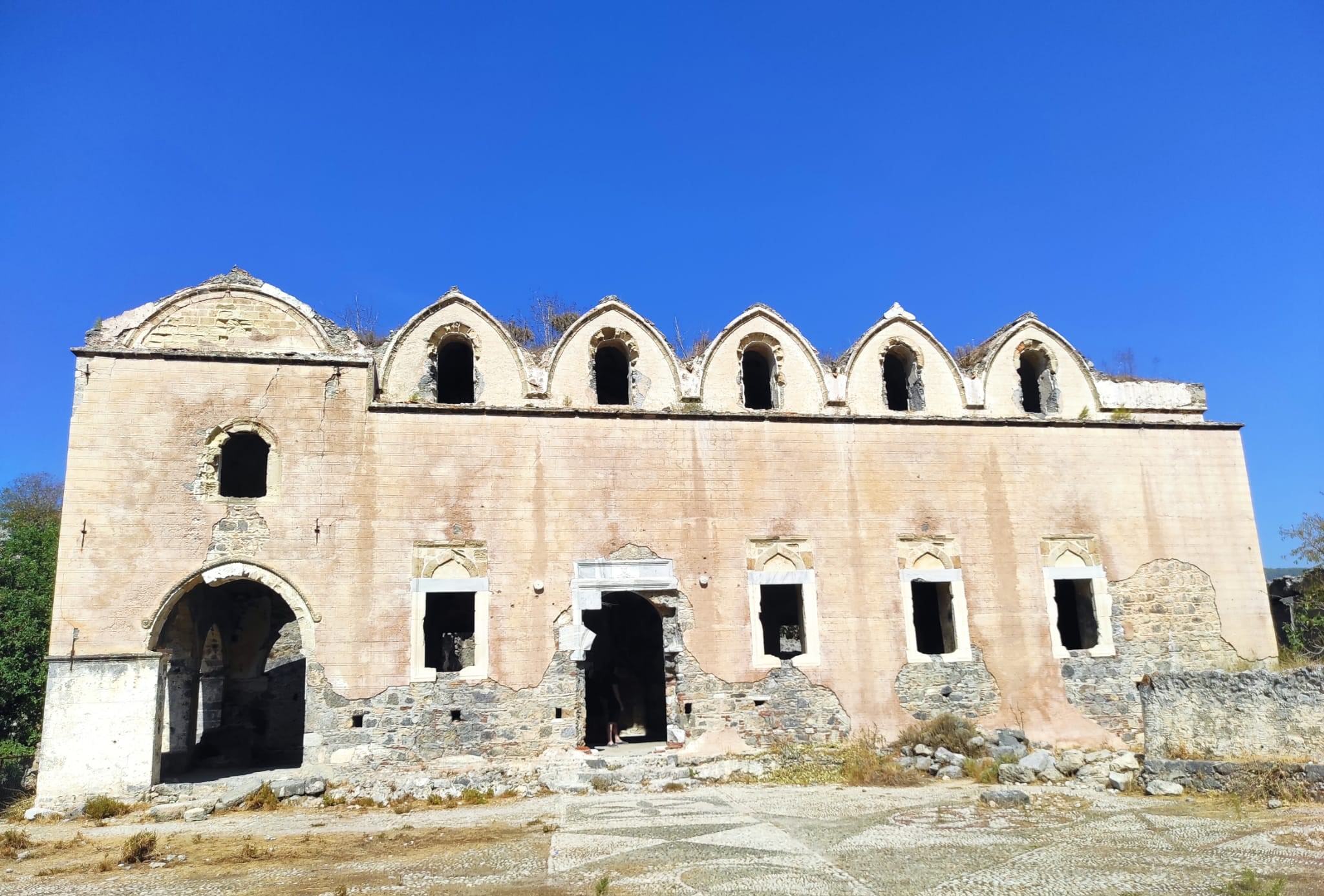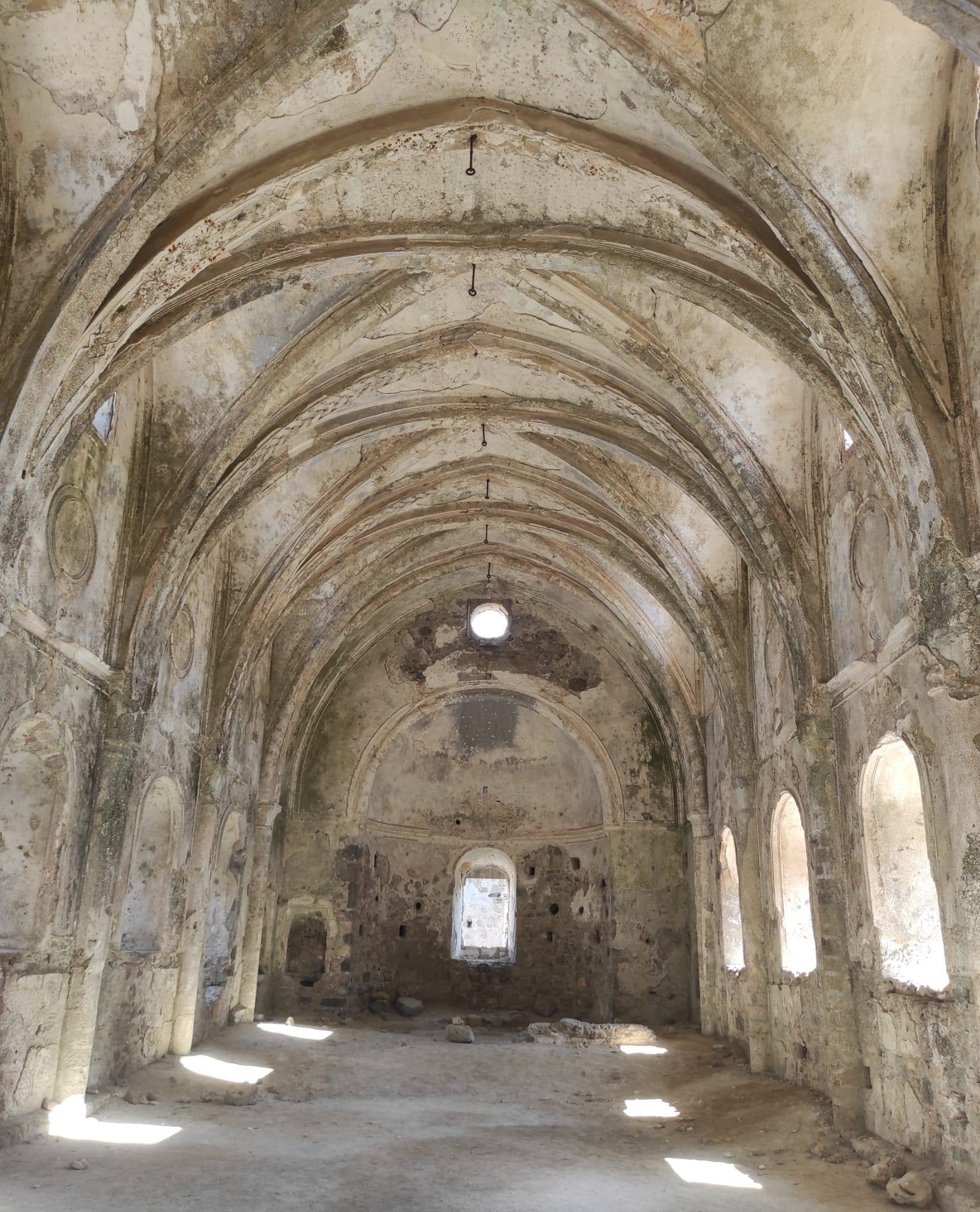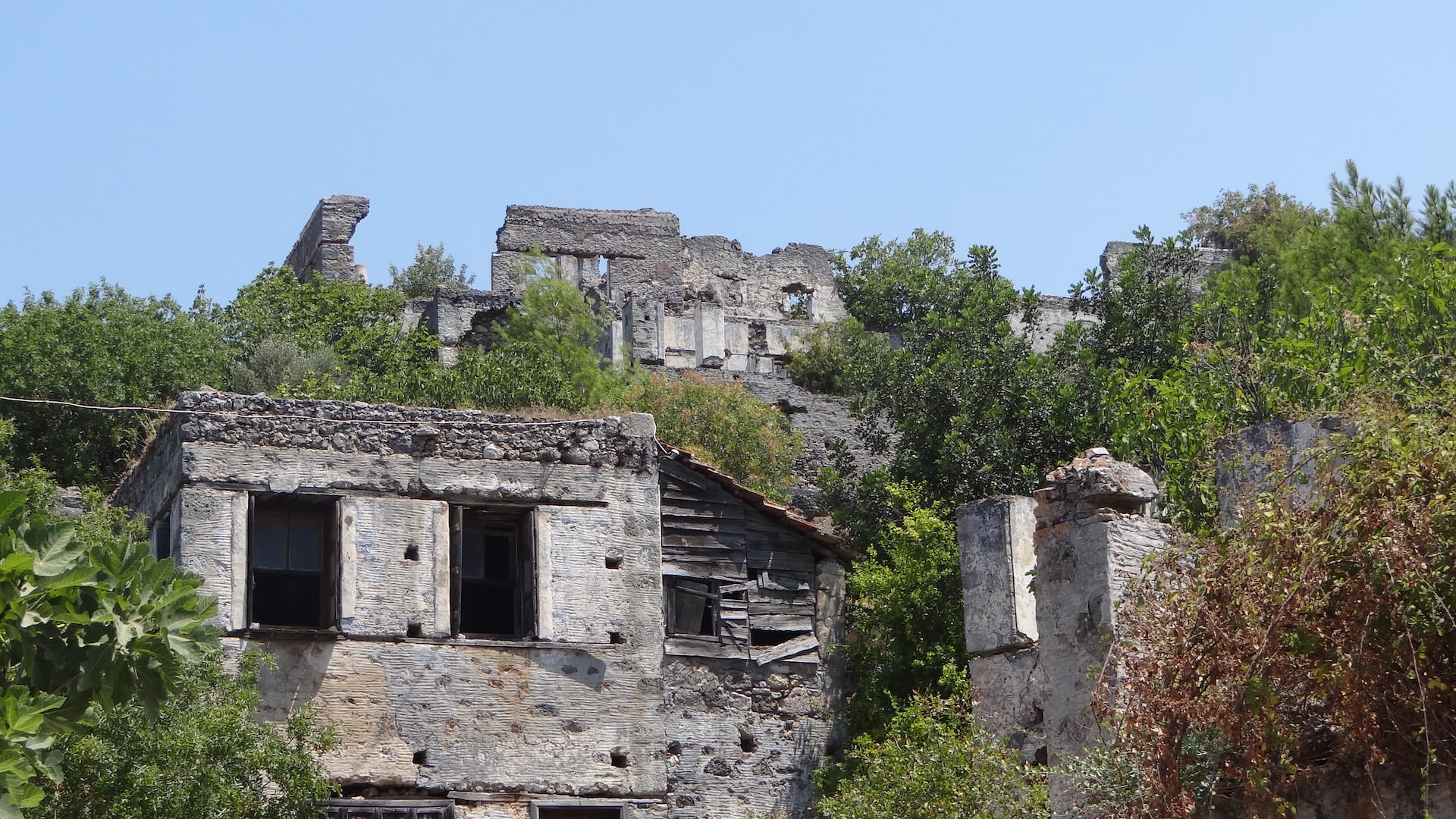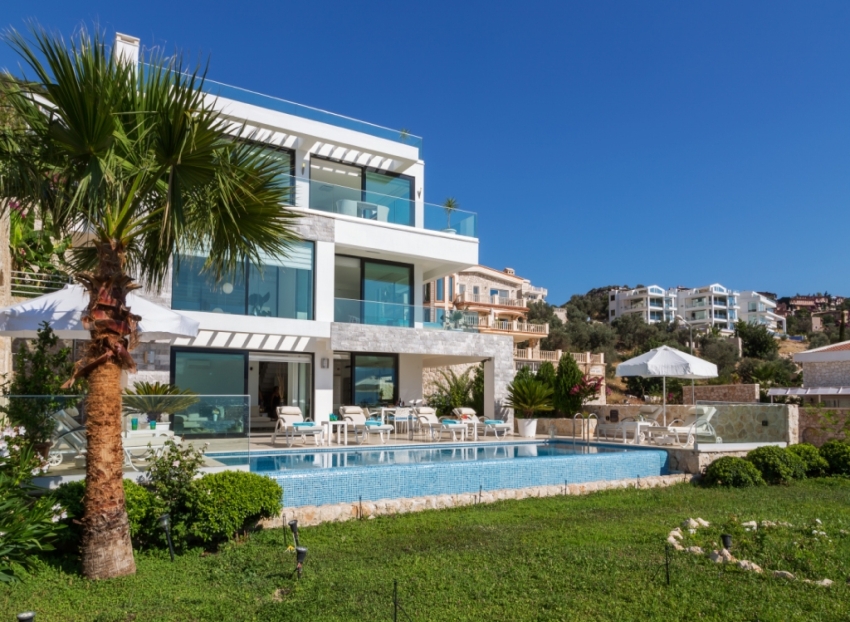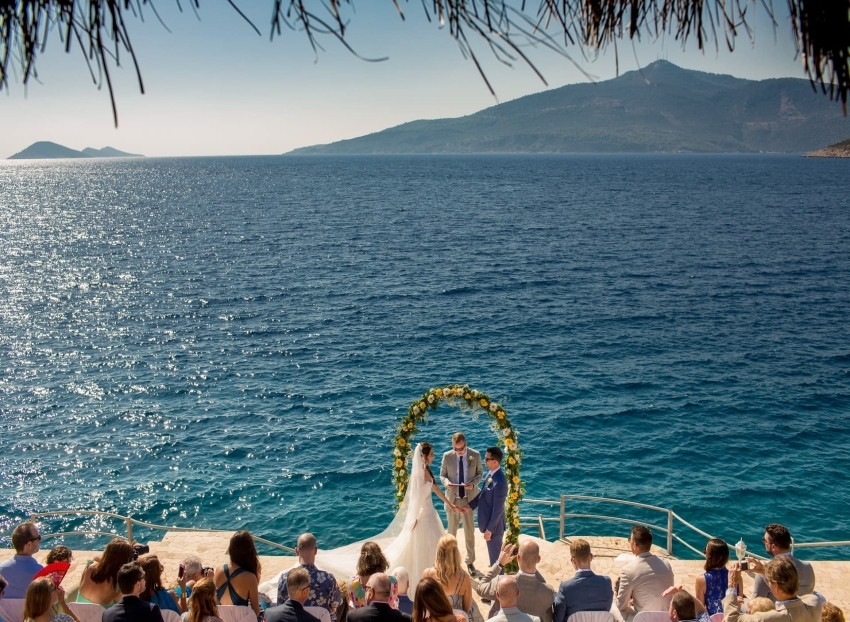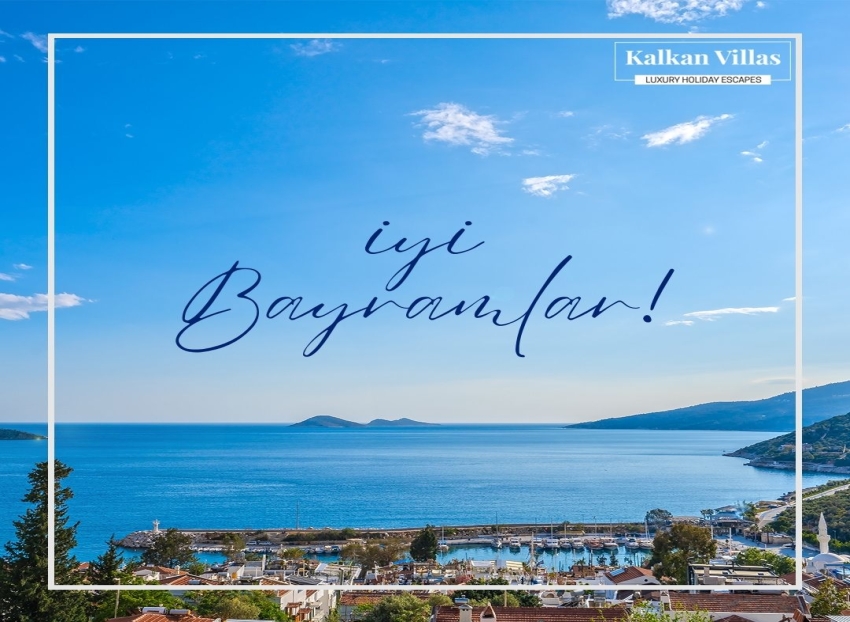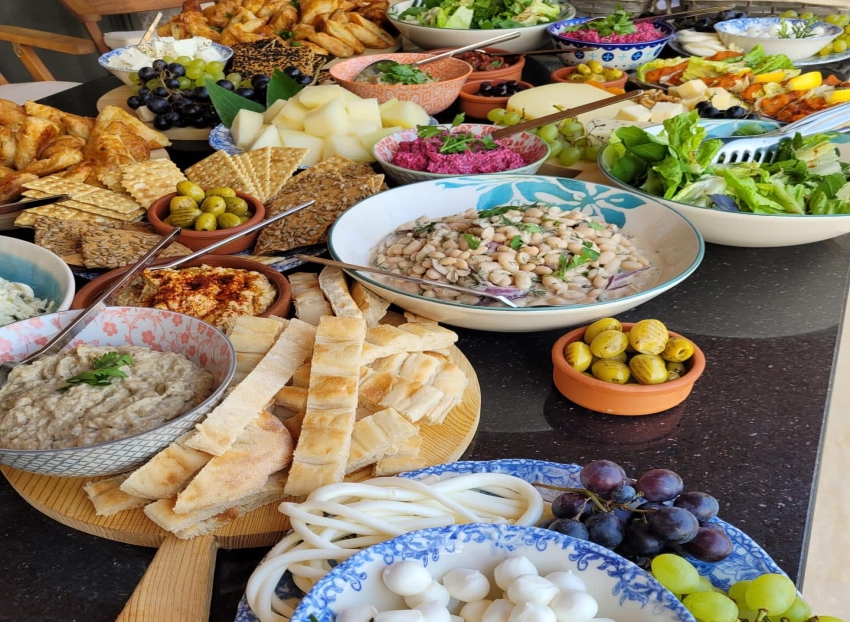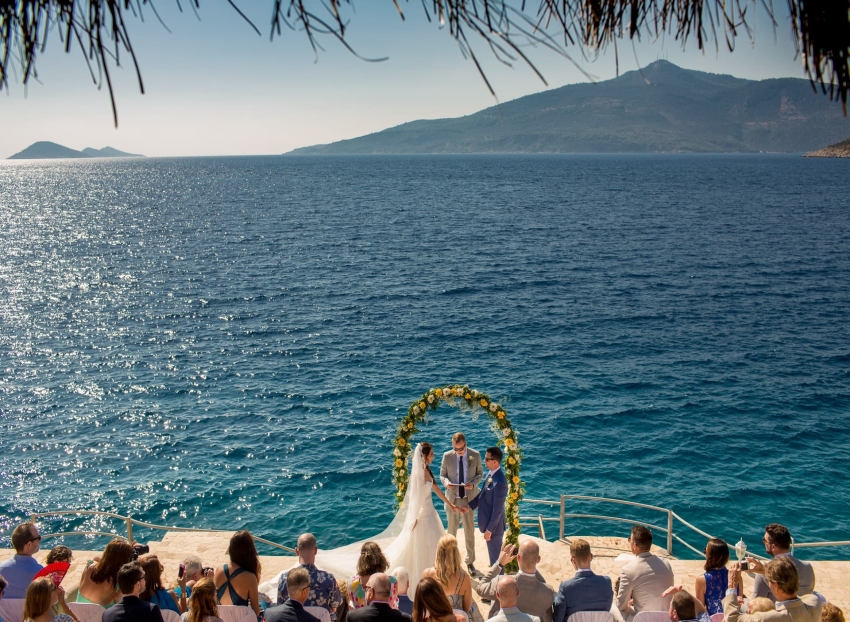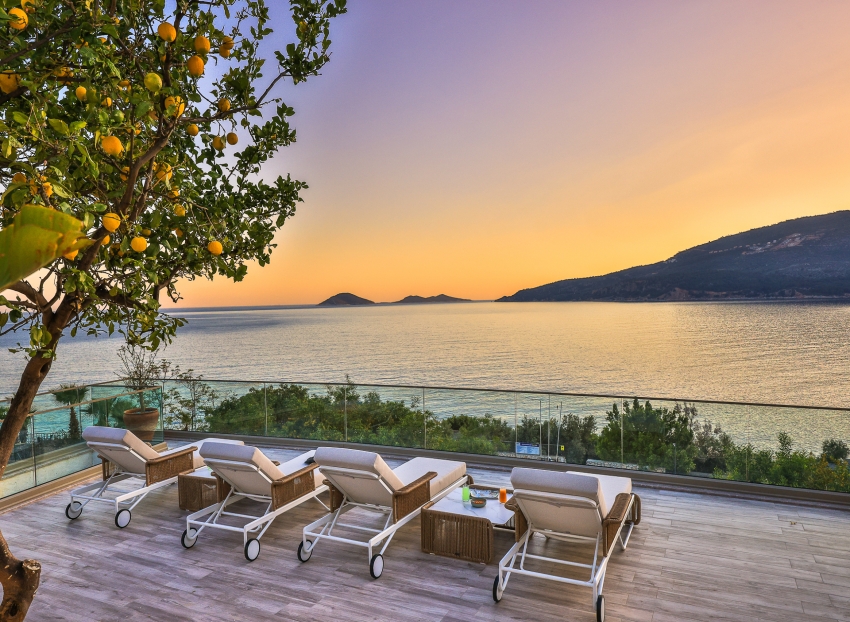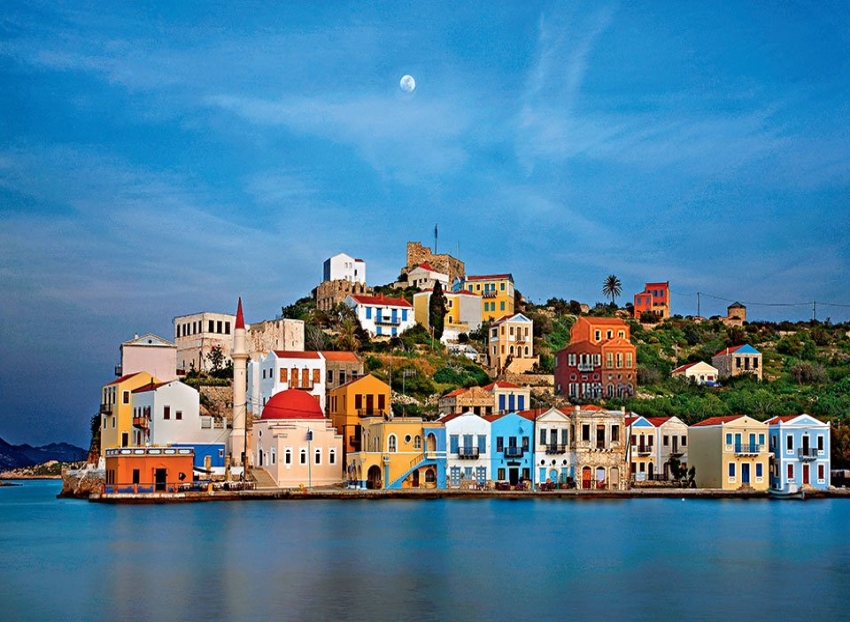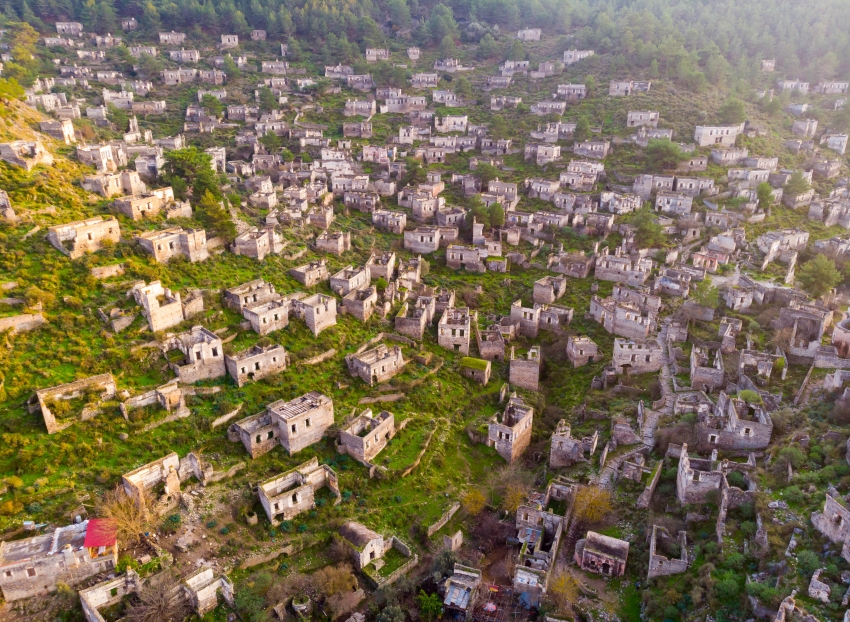
Mysterious Kayakoy Ghost Town: An Eye-Opening Site
The abandoned ghost town of Kayakoy’s lonely streets and deserted structures provide a mysterious window into the life of formerly vibrant communities. Since ancient times, people have been drawn to empty spaces, and as you step foot on the tranquil slope of Kayakoy ghost town, you will undoubtedly experience this intrigue. In search of poignant reminders of our hubris and the force of time, tourists are lured to the destroyed city and its toppled monuments.
Kayakoy’s rows of roofless buildings, surrounded by the natural landscape, create sombre scenes. Greeks and Turks coexisted peacefully here during the trying times of World War I, and it was tough for them to leave their neighbours and the place where they were born and raised. The village eventually became a "Ghost Town," a moniker it has held onto for nearly a century, as the homes were gradually abandoned. Without a doubt, their solemnity and stillness in the pastoral scene will move you, and this is a fascinating attraction to visit when you holiday in Turkey.
Where is Kayakoy Ghost Town?
Although approximately five kilometres (3.1 miles) west of the popular tourist destination of Hisarönü, the settlement of Kayaköy has been wholly deserted since 1923. In the scorching sun, hundreds of stone homes slowly deteriorate as a story of abandonment is waiting to be found.
The fallen town is located in Olüdeniz Nature park's northwest section, in a beautiful location surrounded by peaceful nature. You can reach Kayaköy by car after following the roads through Fethiye and Hisarönü.
Alternatively, hop on a minibus that departs from Hisarönü to get you to the foot of the hillside to start your historical journey through Kayakoy. There is a small ticket booth at the entrance to Kayakoy ghost town, where you pay a minimal fee before ascending through time. In the summer, this historic site is open every day of the week from 9:00 until 20:00.
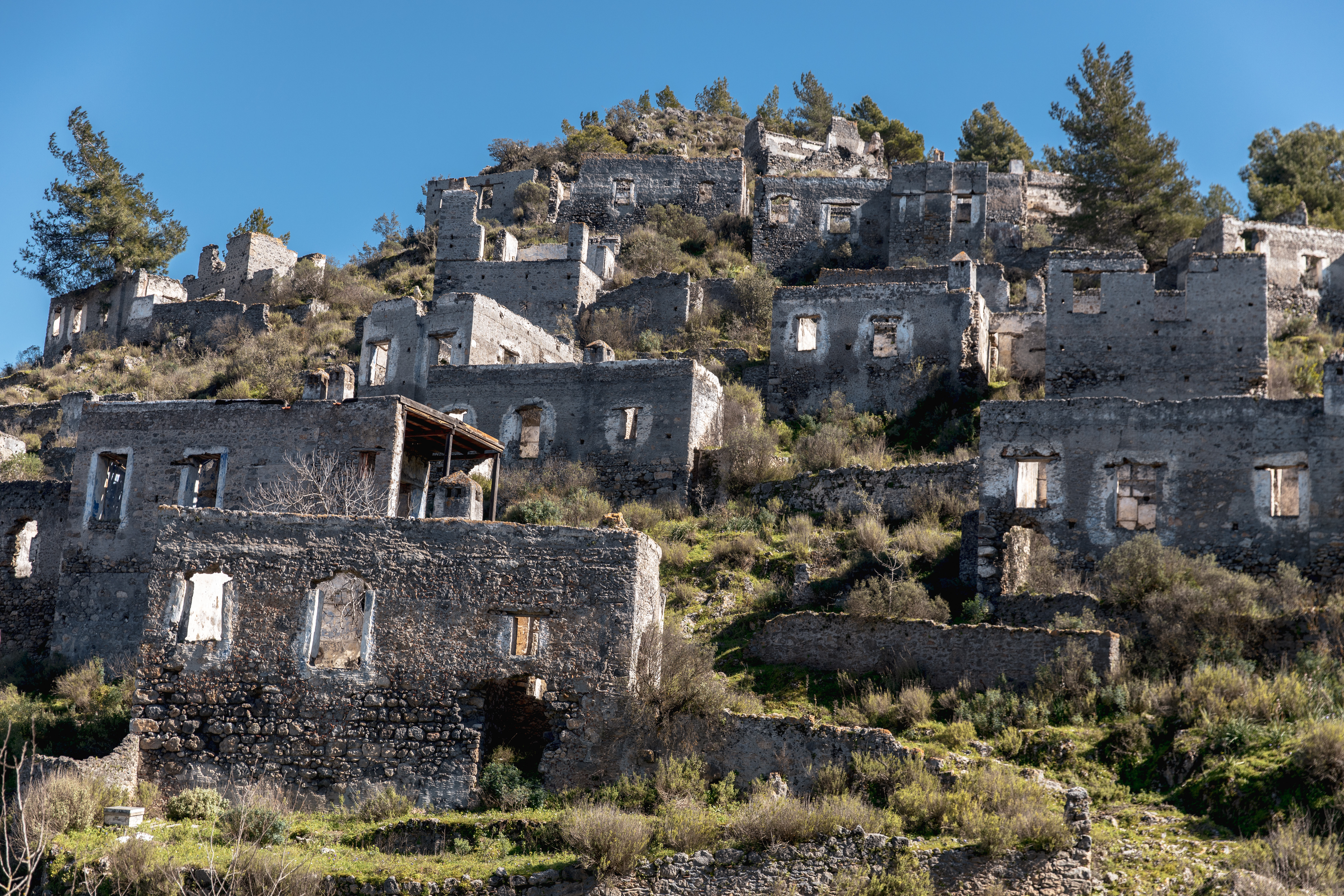
The History of Kayakoy
Knowing Kayakoy's history is necessary for a journey there to feel complete. You will understand much more after reading its story before visiting than simply rambling among dilapidated buildings. You can sense the historical memories that endure by touching each stone and envisage the town as alive while you wander through the ruins that once supported a lively neighbourhood, like homes, churches and schools.
The abandoned Kayakoy ghost town, formerly known as Levissi, was initially inhabited by some 10,000 people, including Anatolian Muslims and Greek Orthodox Christians, in a vibrant and peaceful neighbourhood. Kayakoy, which dates back to the fourteenth century, was forcibly abandoned after the Greco-Turkish War when Muslims and Christians were exchanged between Greece and Turkey for each nation to be able to claim one major religion in the quest for ethnic and national homogeneity.
As a result, when the more than 6,000 Christians abruptly withdrew, leaving only their stunning stone homes and churches behind, Levissi became Kayaköy. Around 200,000 Greeks and 300,000 Turks were uprooted due to the swap, orchestrated by Nobel Prize-winning Norwegian scientist Fridtjof Nansen, tasked with carrying it out by the League of Nations.
A Peaceful Community
Kayakoy was a flourishing habitat during the start of the 19th century. Churches, businesses, shops, and schools coexisted peacefully. The quality of life was good, and the village community was thriving. However, the unique and most significant aspect of its history is that Greeks and Turks coexisted in the town. Outside of their respective religions and educational systems, the Greeks and Turks interacted with one another, sharing a similar objective of surviving each day as it came.
The Ottoman Empire's defeat in the First World War and the attempted Greek colonisation of the Anatolian region contributed to Kayakoy's decline. Greek Muslims were driven out of Turkey, while Greek Christians were made to travel to Fethiye Harbour for deportation. Most of the relocating Turks wished not to remain in Kayakoy. As the earthquake struck, those who were already there left. The argument is that several historical occurrences compelled people to uproot their children and leave behind friends, neighbours, and their houses. After the Turkish Greek People Exchange Treaty was signed, entire lives underwent a permanent shift, and the town was forgotten and left to become Kayakoy Ghost Town.
Cultural Significance
The Turkish Ministry of Culture granted Kayaköy museum status, and UNESCO designated it a Global Friendship and Peace Village. As a result, the town has made some progress despite still being in a fallen state. The Kato Panagia Church is one of the most moving vestiges of the village's prosperous past. Its fading paintings, vaulted ceilings, and arches tell the tale of a different time when the building exuded the grandeur of faith. The museum hamlet nevertheless serves as an inspiration for intrepid hikers despite its antique appearance brought on by the effects of strong winds and winters and its sombre history.
Pop Culture at Kayakoy Ghost Town
Russell Crowe, an internationally renowned Australian actor, shot the last scenes of The Water Diviner (Last Hope), in which he co-starred with Cem Yilmaz and Yilmaz Erdogan. Filming started outside Kayaköy's historic church. It told the story of a man who fled Turkey to pursue his missing children after losing them in the Battle of Anakkale. Locals participated as extras in this fantastic movie, and even resident animals took part in the filming, with horses from nearby stables appearing with carriages in multiple scenes.
Exciting Holiday Ideas with Kalkan Villas
Kalkan Villas is here to assist in crafting a Kalkan holiday experience that you will treasure. Our business has a long history of offering luxury villa holidays on the Turkish Riviera. We are dedicated to assisting you in creating unique travel experiences and routinely publish new posts with suggestions for things to do in Kalkan and travel guides for your Kalkan holiday. Get in touch with us, and our skilled staff will help you curate the trip of a lifetime.
- Contact

